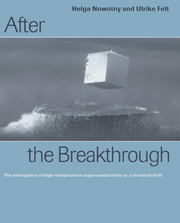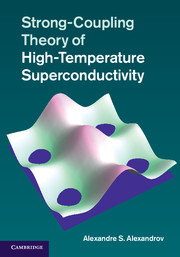After the Breakthrough
The discovery of high-temperature superconductivity was hailed as a major scientific breakthrough, inducing an unprecedented excitement and expectation among the scientific community and in the international press. This book sets this research breakthrough in context, and reconstructs the history of the discovery. The authors analyse the emergence of this new research field and the way its development was shaped by scientists and science policy-makers. They also examine the various settings in which the research was undertaken, as well as considering the scientific backgrounds and motivations of researchers who entered the field following the original discovery. The industrial connection and the general belief in promises of future applications were important elements in strategies devised to obtain funding. A remarkable factor in this process was the media's role. The sustained attention that followed the discovery of high-temperature superconductivity resulted in it being seen as the symbol of a new technological frontier.
- First academic study of the discovery of high-temperature superconductivity
- This development was one of the most significant and important discoveries of the past decade
Reviews & endorsements
'… a very clear story of a scientific discovery and its impact on science policy.' Pierre Papon, Research Policy
'… thoughtful book.' John Ziman, Nature
Product details
August 2002Paperback
9780521524797
224 pages
236 × 191 × 18 mm
0.43kg
2 b/w illus. 2 tables
Available
Table of Contents
- 1. Introduction: the emergence of a new research field
- 2. The context of the discovery
- 3. Reconfiguring actors and knowledge: the organization of a new research field
- 4. Academic research, science policy, and the industrial connection: setting up national high-temperature superconductivity programs
- 5. Science and the media: newspapers and their 'HTS story'
- 6. The innovation machinery of science: the case of HTS
- Bibliography.





